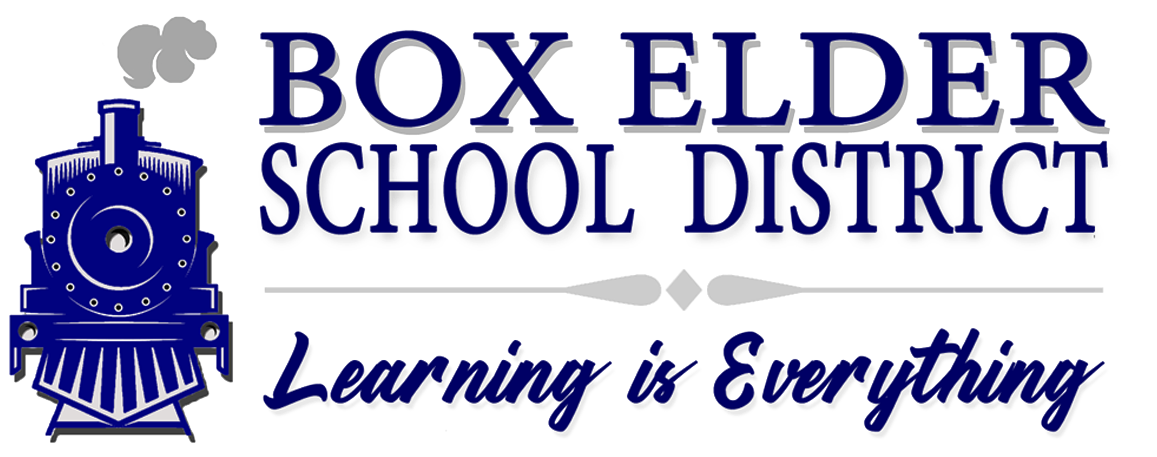ELEMENTARY LITERACY
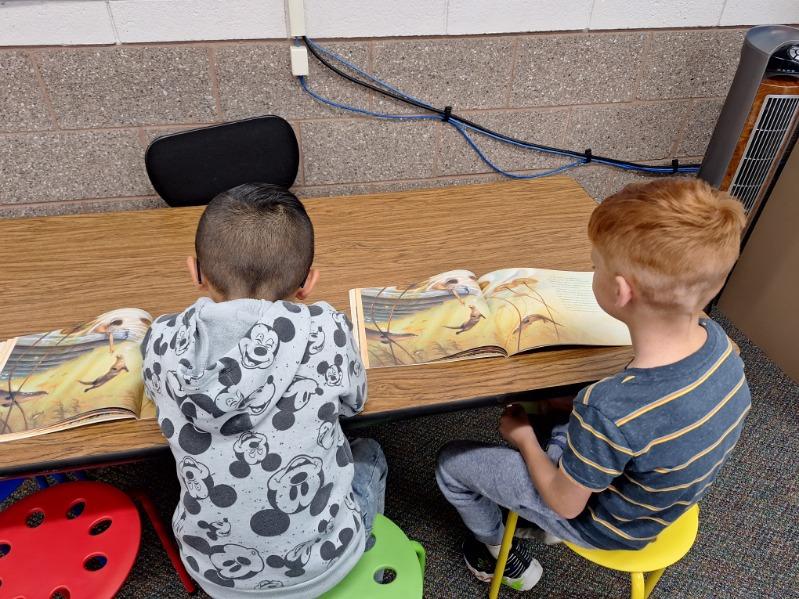
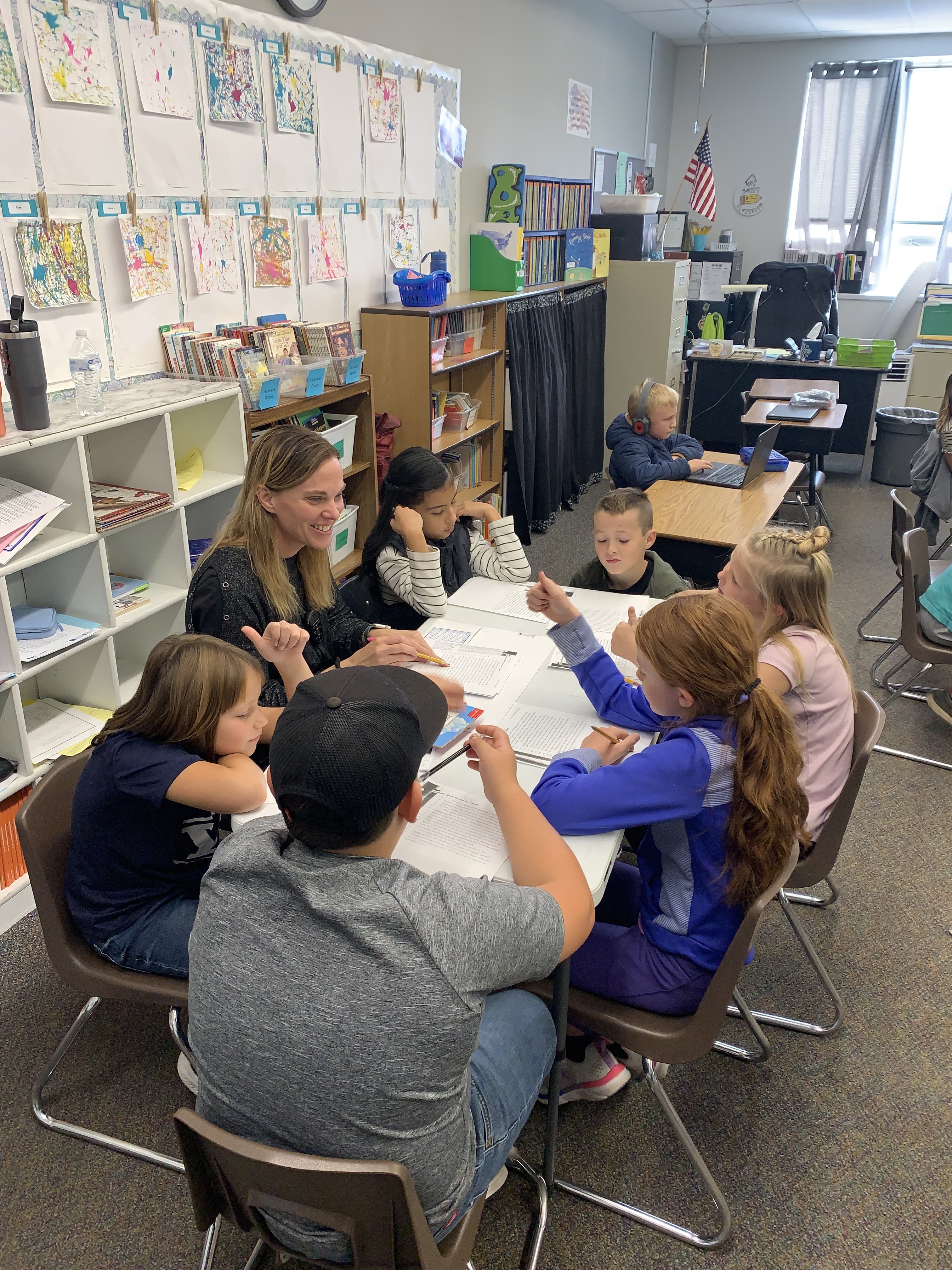
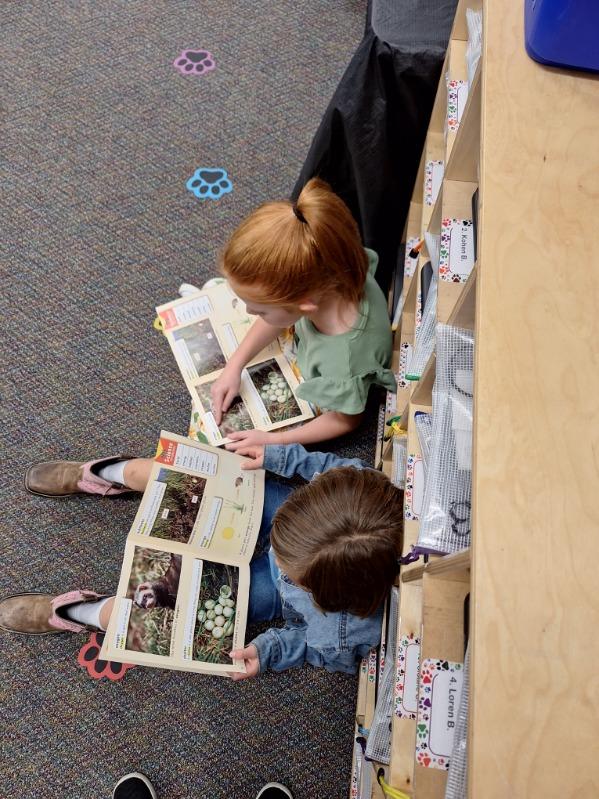
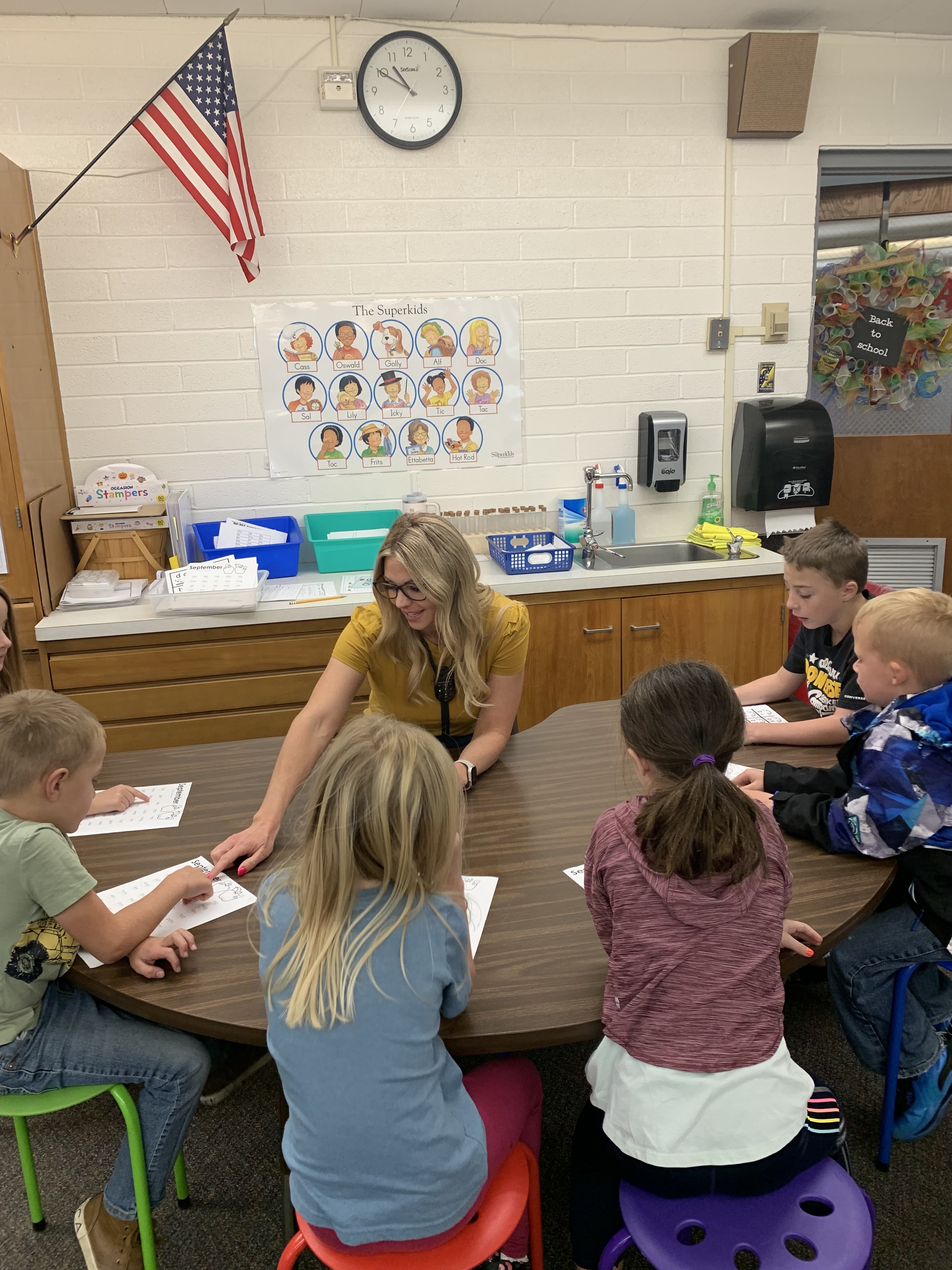
What are Early Literacy Skills?
Oral Language is the foundation of literacy. Pre-kindergarten children are not reading yet, but they are building comprehension skills through listening, the lively back-and-forth of every day conversations, pretend play, and active read alouds where parent and child are having a dialogue about the book.
Phonological Awareness is the ability to hear, recognize, and play with the sounds in spoken language. Phonological awareness is really a group of skills that include a child’s ability to:
Identify words that rhyme
Count the number of syllables in a word or in familiar names
Recognize alliteration (words with the same beginning sound)
Segment (break) a sentence into words
Recognize and play with the individual sounds (phonemes) in spoken words. This is called phonemic awareness.
Strong phonemic awareness is one of the strongest predictors of later reading success. Children who struggle with reading, including kids with dyslexia, often have trouble with phonemic awareness, but with the right kind of instruction they can be successful. Parents can make a big difference in helping their children become readers by practicing these pre-reading oral skills at home.
Phonics is the idea that letters represent the sounds of spoken language — and that there is an organized, logical, and predictable relationship between written letters and spoken sounds. Decoding is when we use letter-sound relationships to translate a printed word into speech. It’s sometimes called “sounding out” a printed word. Learning that there are predictable relationships between sounds and letters allows children to apply these relationships to both familiar and unfamiliar words, and to begin to read with fluency. Children are taught, for example, that the letter ‘n’ represents the sound /n/, and that it is the first letter in words such as nose, nice and new. When children understand sound–letter correspondence, they can sound out and read (decode) new words.
Fluency is reading aloud effortlessly and with expression. Reading sounds natural, as if you are speaking. Readers who have not yet developed fluency read slowly, word by word. Their oral reading is choppy. Because fluent readers do not have to concentrate on decoding the words, they can focus their attention on what the text means. They can make connections among the ideas in the text and their background knowledge. In other words, fluent readers recognize words and comprehend at the same time. Less fluent readers, however, must focus their attention on figuring out the words, leaving them little attention for understanding the meaning of text.
Comprehension is thinking actively as you read. Students use their experiences and knowledge of the world, morphology, vocabulary, language structure, and reading strategies to make sense of the text and know how to get the most out of it. They think about the text structure as they read. They know when they have problems with understanding and what thinking strategies to use to resolve these problems when they pop up. These elements enable a skilled reader to create a mental model of the text as they read. Good instruction can also help students communicate with others, verbally and in writing, about what they’ve read.
Writing development parallels the child’s development as a reader. Part of early print awareness is the realization that writing can be created with everyday tools such as pens, pencils, crayons, and markers. Children begin to imitate the writing that they see in the environment. What often starts as scribbling ends up being important clues to a child’s understanding that print carries meaning. As with reading skills, writing grows through explicit instruction. Writing is a skill with rules and structures. Across multiple grade levels, good writers are created through systematic, explicit instruction, combined with many opportunities to write and receive feedback.
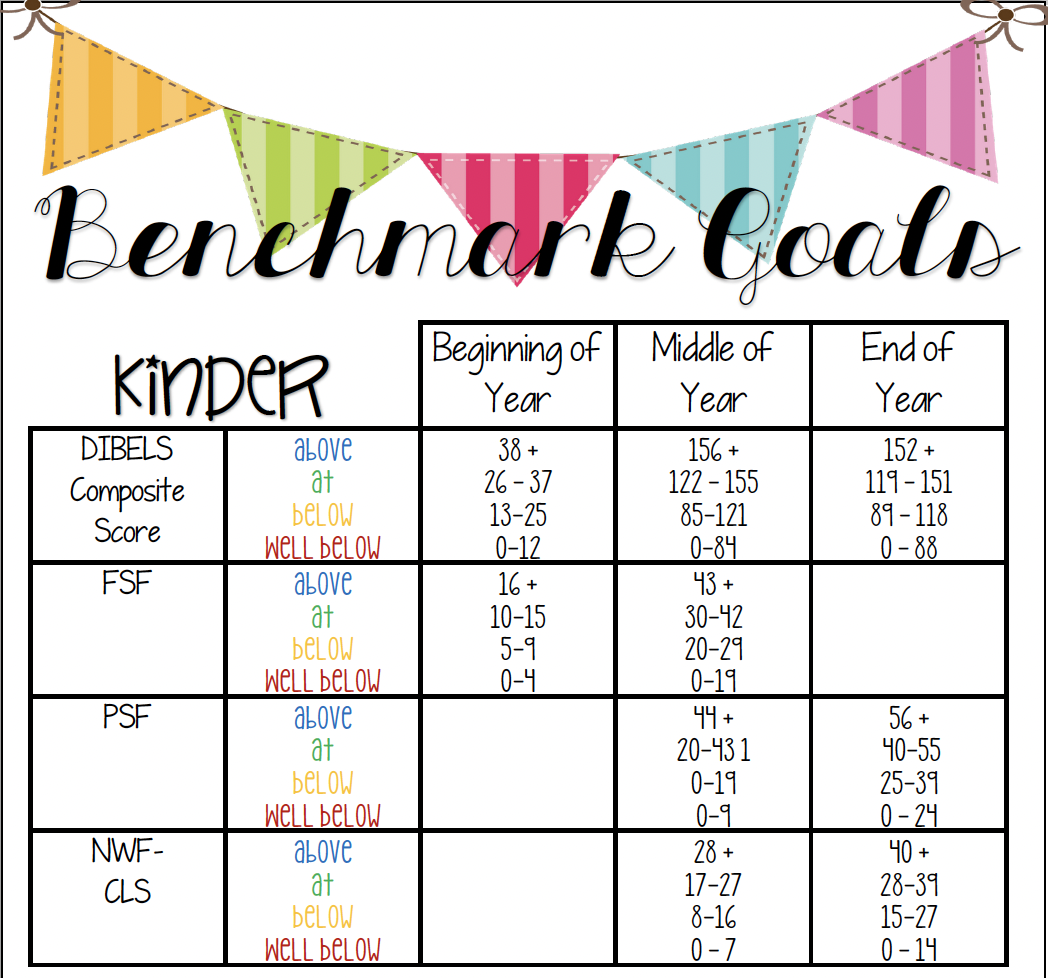
Kindergarten Acadience Benchmarks
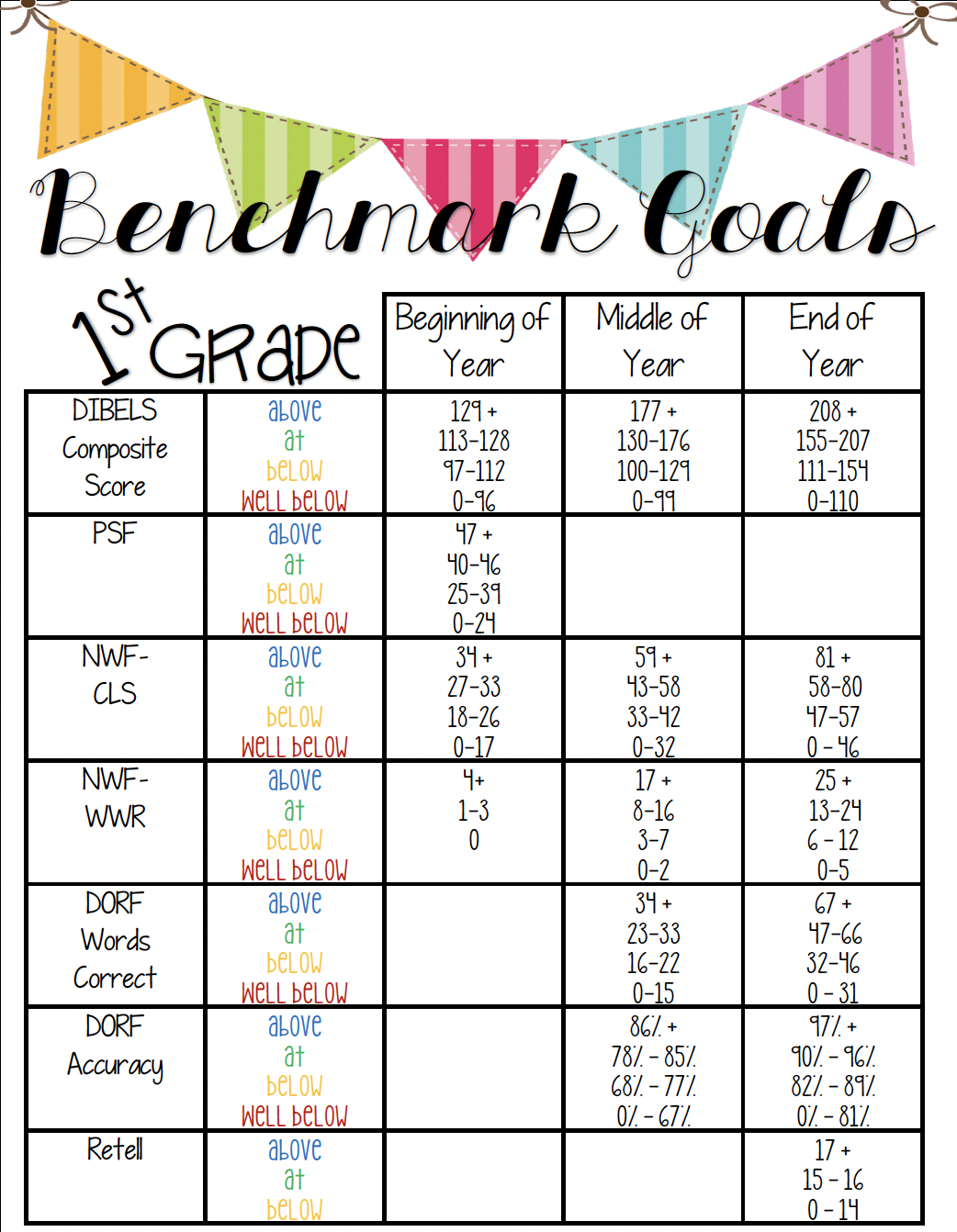
1st Grade Acadience Benchmarks
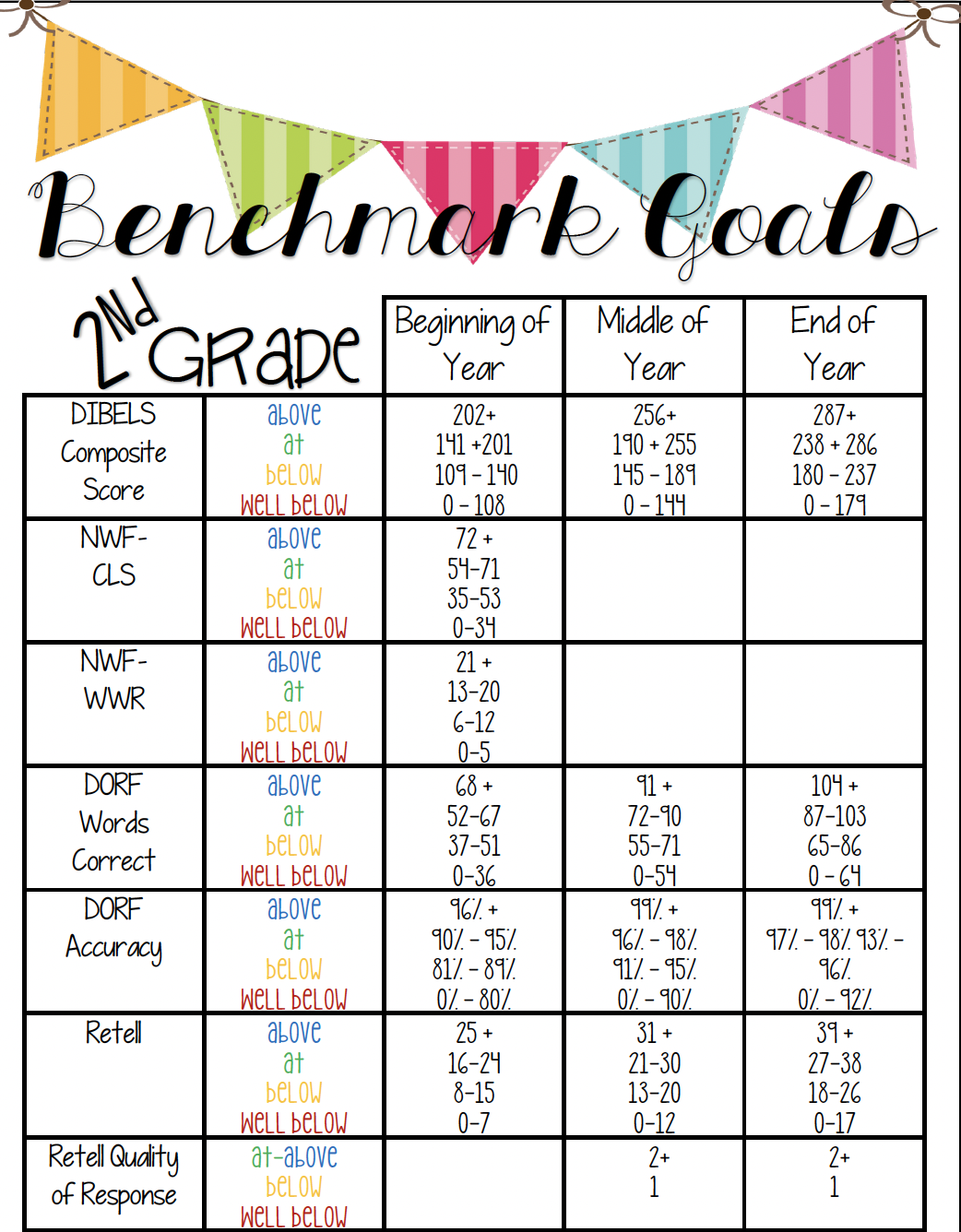
2nd Grade Acadience Benchmarks

3rd Grade Acadience Benchmarks
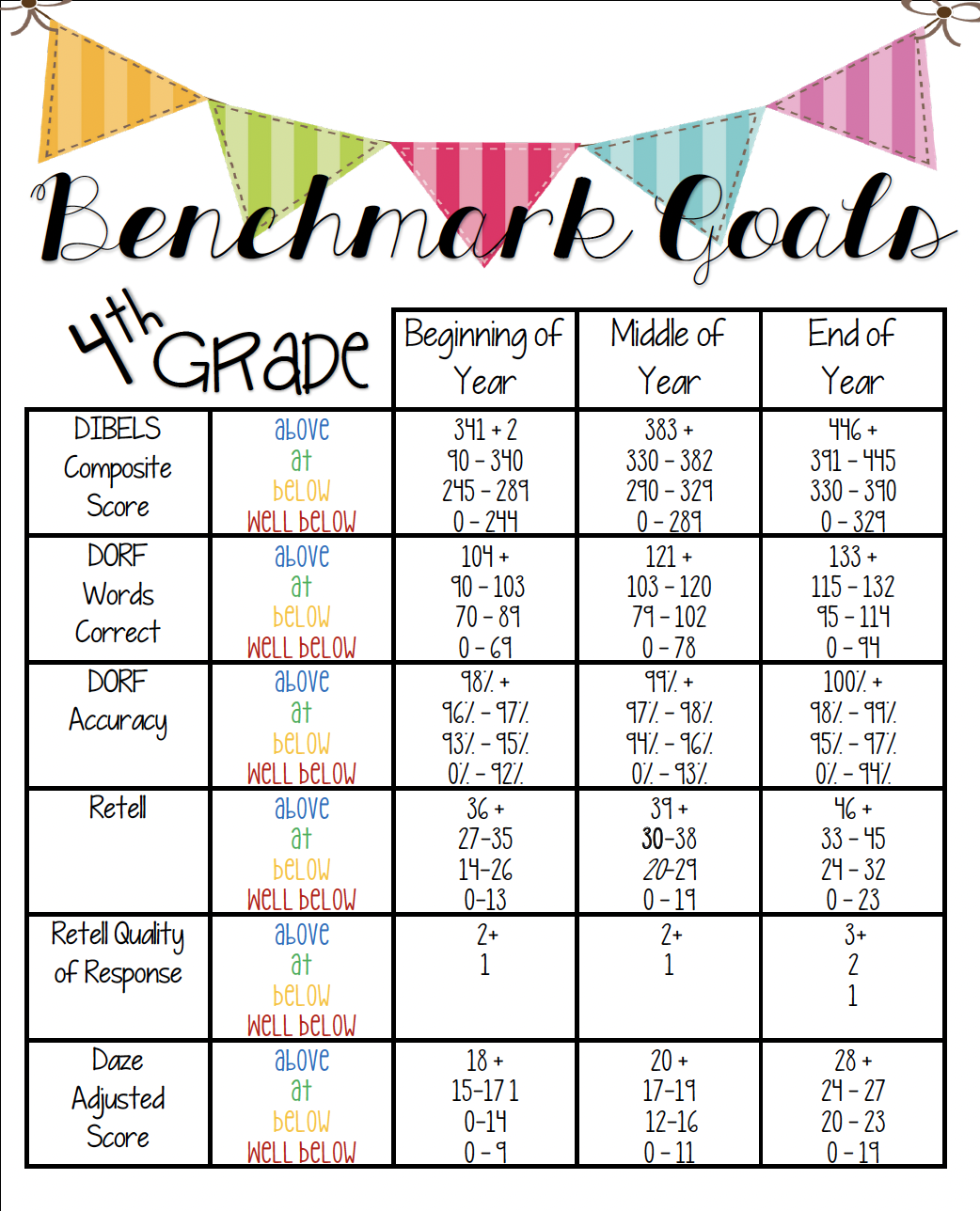
4th Grade Acadience Benchmarks
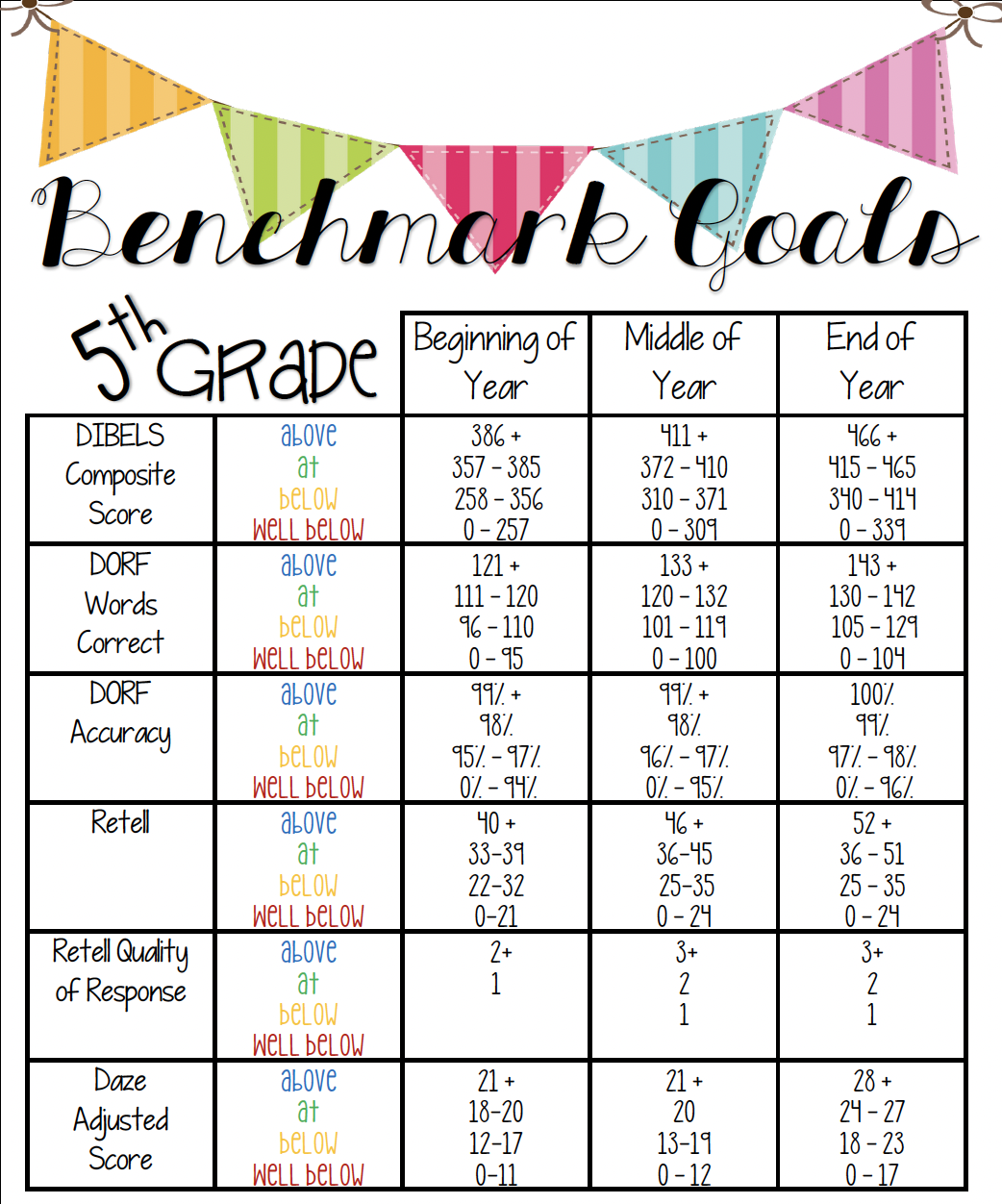
5th Grade Acadience Benchmarks
What can parents do to help their children's literacy development?
Parents can develop oral language and comprehension with these activities:
Active every day conversations
Sharing oral stories
Reading books together
Singing and playing rhyming games
Listening games, such as “Simon says”
Read 20 minutes per day with your child
Check their backpack daily and ask them about what they are learning in school
RESOURCES FOR AT-HOME LEARNING AND PRACTICE:
